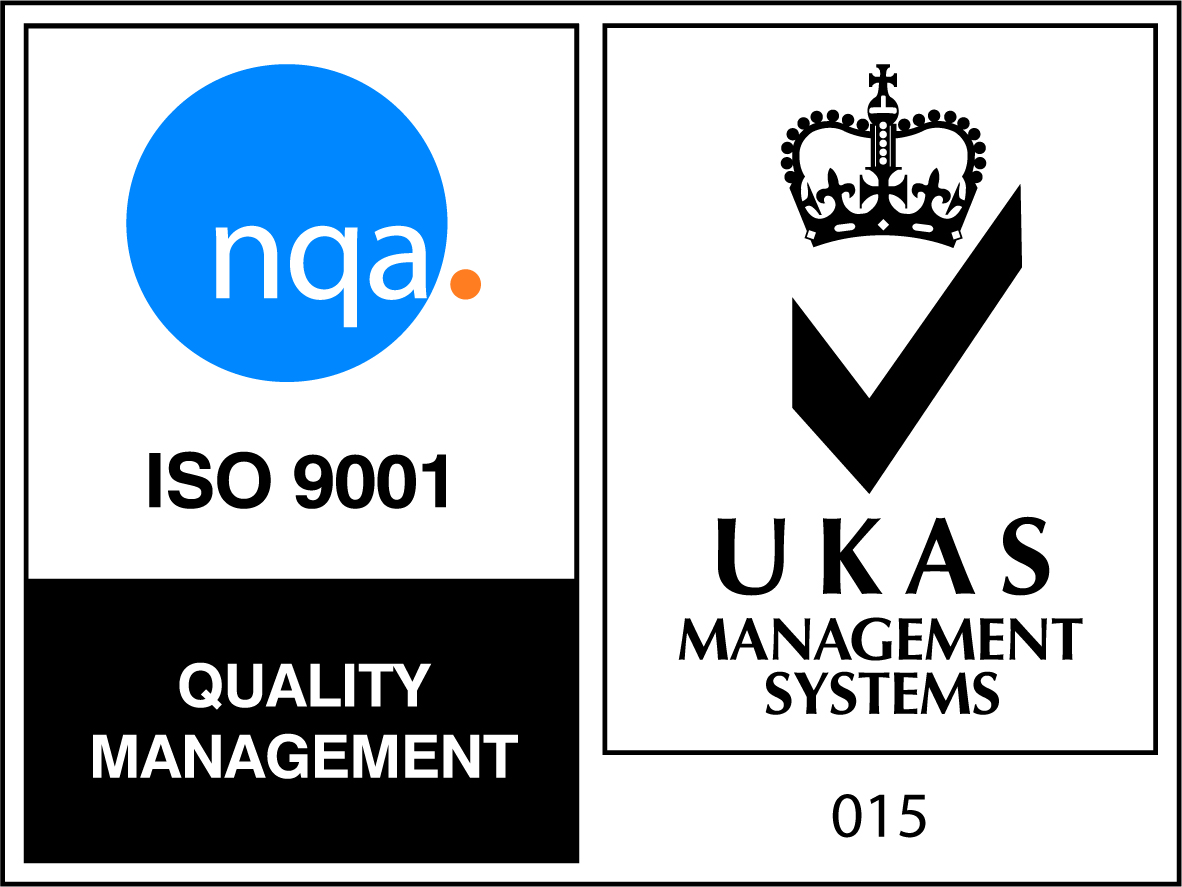Improvement Practitioners use a blend of Lean and Six Sigma, project and change management principles and tools to identify and lead the delivery of change across organisational functions and processes. Improvement Practitioners can be found across all sectors and functions including automotive, banking, engineering, food products, IT, property, retail, telecoms etc.
Typically, Practitioners lead smaller projects and/or play a key supporting role in a larger programme – tackling issues that may require swift problem solving, or re-occurring challenges that require in-depth analysis and the implementation of a range of effective and sustainable countermeasures. They are the focal point for all stakeholders and responsible for communication throughout a project. Typical activities include:
There are a variety of job titles associated with the occupation, these include, but are not limited to: Business Improvement Practitioner, Continuous Improvement Manager, Process Excellence Manager, Lean Six Sigma Green Belt and Quality Control Senior Analyst.
All learners will complete both on and off the job training elements for this standard and at the end of their learning journey will complete a Level 3 Apprenticeship as an Improvement Technician. Dependent upon prior qualifications learners may also need to complete functional skills in English and Maths at Level 2.
For the off the job training element, during the first four month’s of their programme the learner is required to attend our training academy to undertake a twelve day intensive course covering training on the following subjects in order to ensure they gain knowledge, understanding and competence to further enhance their Knowledge, Skills and Behaviours working within management:
Throughout their programme further enhancement to knowledge, Skills and Behaviour will be derived from individuals requiring to undertake a work place improvement project putting into practise the theory delivered across Business Improvement Techniques along with building a portfolio of evidence to demonstrate competence the learner is required to undertake a work based project which culminates as part of their End Point Assessment in a presentation to give an overview of what they have achieved.

